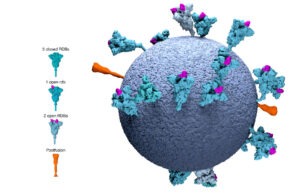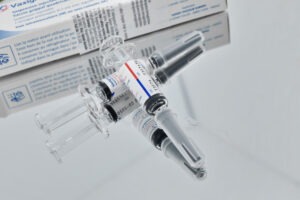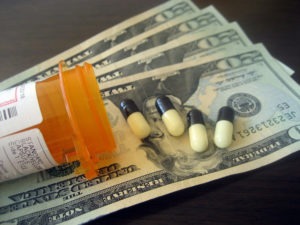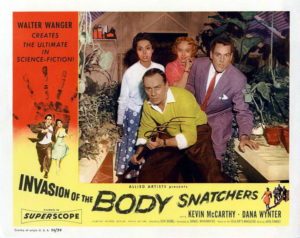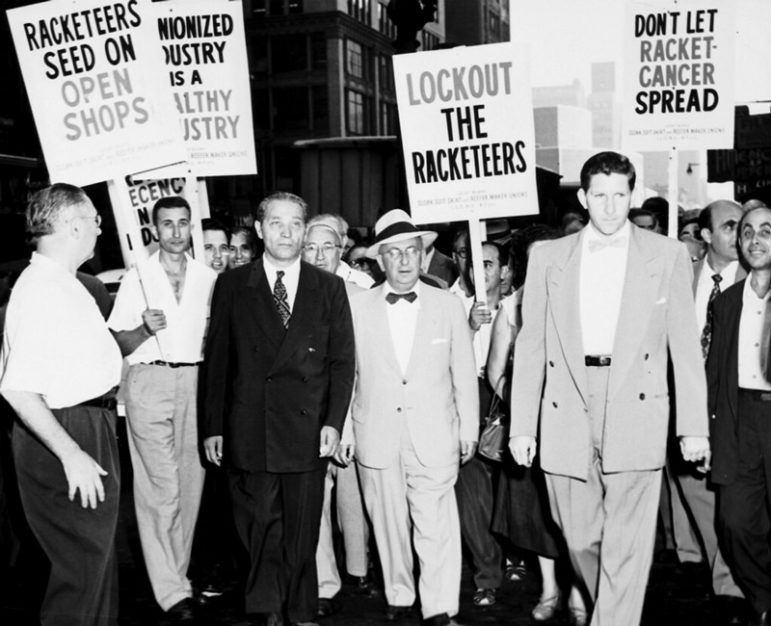
May 2, 2019; New York Times
“Guilty on all counts” came the verdict yesterday in the racketeering trial of John Kapoor, the founder of Insys pharmaceuticals, and for other executives at the company which sold (or more accurately peddled) Subsys through bribing doctors to overprescribe and lying to insurance companies. This opioid spray is fentanyl-based and is 100 times more powerful than morphine. The verdict is a big deal in that it is the very first a court has found a corporate executive guilty of criminal racketeering charges. Generally, when and if corporate maldoers are brought into court, it is for a civil suit, and these kinds of trials are currently being brought all across the country against various firms.
The one exception to this standard of using the civil court to resolve habitual violations of public good is the criminal case brought against Purdue Pharma as far back as 2007 for misleading regulators, physicians, and patients about the dangers of OxyContin. At that time, they pled guilty.
Sign up for our free newsletters
Subscribe to NPQ's newsletters to have our top stories delivered directly to your inbox.
By signing up, you agree to our privacy policy and terms of use, and to receive messages from NPQ and our partners.
Both sides in the Insys trial argued that the practices named were commonplace. “The Insys story is symbolic, representative of the kind of conduct, the kinds of things that have been going on behind the scenes to fuel this opioid crisis,” said Gregory Curfman, deputy editor of the Journal of the American Medical Association. The same argument was made by Beth Wilkinson, the lawyer for Mr. Kapoor.
“In this country, that’s not illegal. In fact, it’s not even unusual,” she said without acknowledging that just because something is common practice by a particular group, that does not make it legal. It can, in fact, just make the behavior more egregious, harmful, and requiring of a strong public statement and consequence.
One significant shortcoming is that the trial did not focus at all on the company’s use of patient advocacy charities as part of the scheme. That, in our book, is a big oversight. Thus, this facet of the company’s underhanded strategies remains less exposed to public scrutiny even though such relationships with patient advocacy groups are likely just as common as the doctor-bribing and insurance-lying practices such firms employ. There has been a big push from the US Department of Justice to monitor and punish cases where it appears that pharma’s charitable funding of patient advocacy groups is aimed at enrolling patients in using certain drugs and maintaining a positive policy environment for Big Pharma, but that lacks the public drama and exposure of a criminal trial. —Ruth McCambridge



